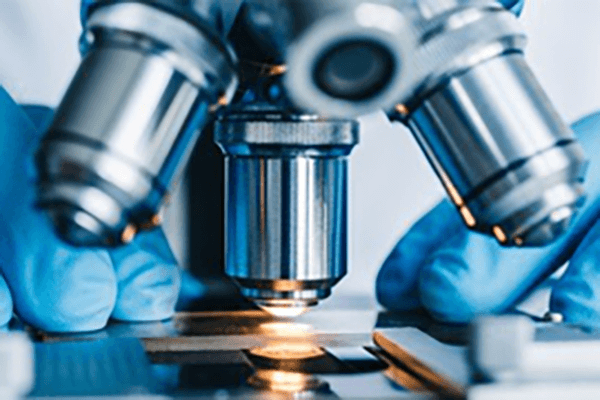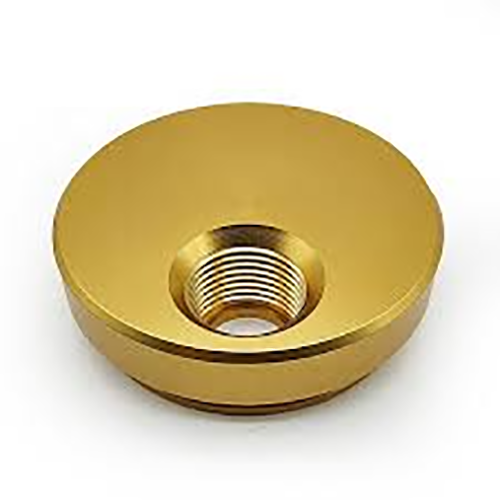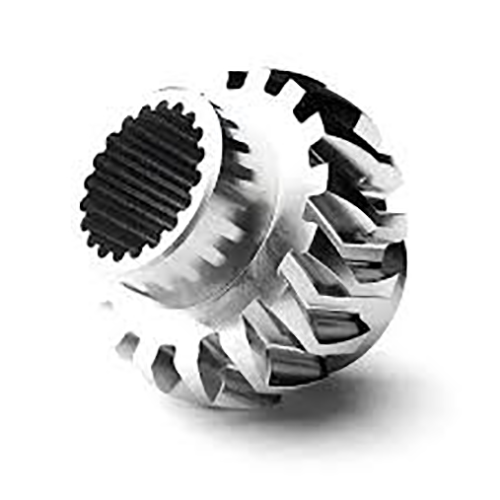
Meeting defined surface quality on a CNC-produced component stands as fundamental.
- Design documents set out definitive finishing requirements for parts
- These callouts often use terms like "Ra," which stands for arithmetic mean deviation to quantify the surface roughness
- Understanding these callouts is fundamental for ensuring manufactured parts meet performance requirements
- Prescribed surface characteristics govern lubrication, abrasion, and longevity
- It is essential to interpret the specific callout to achieve the desired outcome
Defining Precision in CNC Machining

Automated machining signifies a significant manufacturing innovation employing digital instructions the machinery forms elaborate parts with exactness.
- Programmed mills and lathes produce top-tier parts across material types
- CNC’s flexible capabilities match requirements of aerospace and automotive fields
- CNC machining delivers exceptional repeatability ensuring identical parts across production runs
Across prototyping through full-scale production CNC machining serves as a cornerstone in contemporary manufacturing
Deciphering CNC Machine Specifications
Parsing spec sheets may feel challenging at initial inspection
That said, foundational understanding plus a method lets you confront technical details
Open by noting essential values: spindle speed, feeds, accuracy, envelope, control type
Each metric impacts the machine’s aggregate capability.
By way of example raised spindle rpm benefits soft stocks while boosted feed enhances output.
Grasping those connections helps choose machinery aligned with your needs
Make sure to read supplier manuals attentively.
Those resources usually offer helpful explanations and clarify jargon
Complete Overview of CNC Equipment
Programmed machining equipment comprises computer-managed tools for exact automated fabrication of diverse materials They interpret CNC code instructions to command cutting tools and motion.
- Frequent CNC varieties include mills, lathes, routers, plasma cutting machines
- Machining operations fit metal, plastic, wood, and composite workpieces
- In addition these machines facilitate quick prototyping and short-run manufacturing for startups and labs
CNC Basics and Explanations
They embody an integration of hardware accuracy and advanced software regulation CNC platforms apply programming to fabricate both basic components and complex assemblies The core idea is converting digital blueprints into tangible parts.
- CNC machining
- Digital design integration
It includes exact tool motions driven by CNC instructions Shop technicians tune machining parameters, supervise production, and certify product accuracy.
Why Surface Finish Matters in CNC Machining
Attaining target texture in CNC processes is critical It modifies operational efficiency and cosmetic finish Substrate properties, machining variables, and post-process methods shape surface outcome.
A smooth surface finish can enhance the product's durability while a rougher finish may reduce its effectiveness Machine-controlled fabrication offers many methods and cutters to achieve set surface qualities.
- As an example choosing diverse tool geometries |diamond tooling|speed settings to obtain particular finish
- Alternatively post-processing methods like polishing grinding sanding can be employed to improve the surface finish
Grasping how machining variables affect texture is critical to obtain optimal outcomes.
CNC Machine Basics: From Operation to Applications
CNC machining is a precise method of manufacturing that employs computer-controlled machinery to shape parts from various materials They process digital commands to produce elaborate components repeatedly Grasping G-code, tool selection, and machine operation underpins successful manufacture
Applications of CNC machining are incredibly diverse spanning numerous industries such as aerospace automotive manufacturing From aircraft parts to precision plastic molds, CNC creates complex high-quality items
Specifying Surface Roughness for CNC Parts
Clear finish definition is critical for CNC machined components It assures alignment with required performance and visual expectations Engineers generally specify surface quality using the Ra roughness notation Given in microns or thousandths of an inch, the figure measures average surface peaks and valleys.
Factor in desired smoothness and the component’s functional purpose when setting finish callouts

Often a polished surface is selected when precise tolerance and fit are required
Conversely a rougher surface finish could be appropriate for applications where grip friction traction is important
Apply clear finish annotations in technical drawings to state desired texture Include both the Ra value along with any additional instructions such as machining processes or surface treatments.
Understand that effective surface annotations are critical to production success
Varieties of CNC Machines and Capabilities
CNC technologies cover several machine formats that handle a range of job types They use CAD-generated toolpaths to control tooling for exact component production.
- Drills bore precise holes with controlled feed and speed
- Grinders refine surfaces and achieve tight dimensional tolerances via abrasion
- Beam and jet cutting methods enable accurate slicing with differing thermal impacts
Decision factors include the part’s material, feature complexity, and tolerance specifications Each type of CNC machine offers unique capabilities making them essential tools in diverse industries from automotive to aerospace.
Achieving Premium Surface Results in CNC Processes
Obtaining fine surface quality is important and CNC technology delivers consistent control to attain it Using accurate feed and speed selection plus optimized tool geometry technicians refine cutting action to reduce surface flaws Plus durable cutting materials and appropriate coolant control boost finish quality By choosing tailored toolpaths and precise setups operators can deliver parts with outstanding finishes.
Surface Finish Considerations in CNC Programming
Programming skills that affect finish are critical for reaching surface goals Combining feed, speed, and tool form strongly affects surface pattern and roughness Meticulous parameter tuning together with suitable coolant use promotes smoother finishes.
- Plus regular inspection and maintenance of tools copyright finishing standards Furthermore regular tool maintenance and inspection are essential what is a cnc machine for ensuring a consistent and high-quality surface finish over time Also ongoing tool care and inspection support sustained finish reliability
- In pursuit of improved finish examine material properties, roughness goals and application
- Simulated machining supports parameter refinement to mitigate surface issues
- Plus regular inspection and maintenance of tools copyright finishing standards
